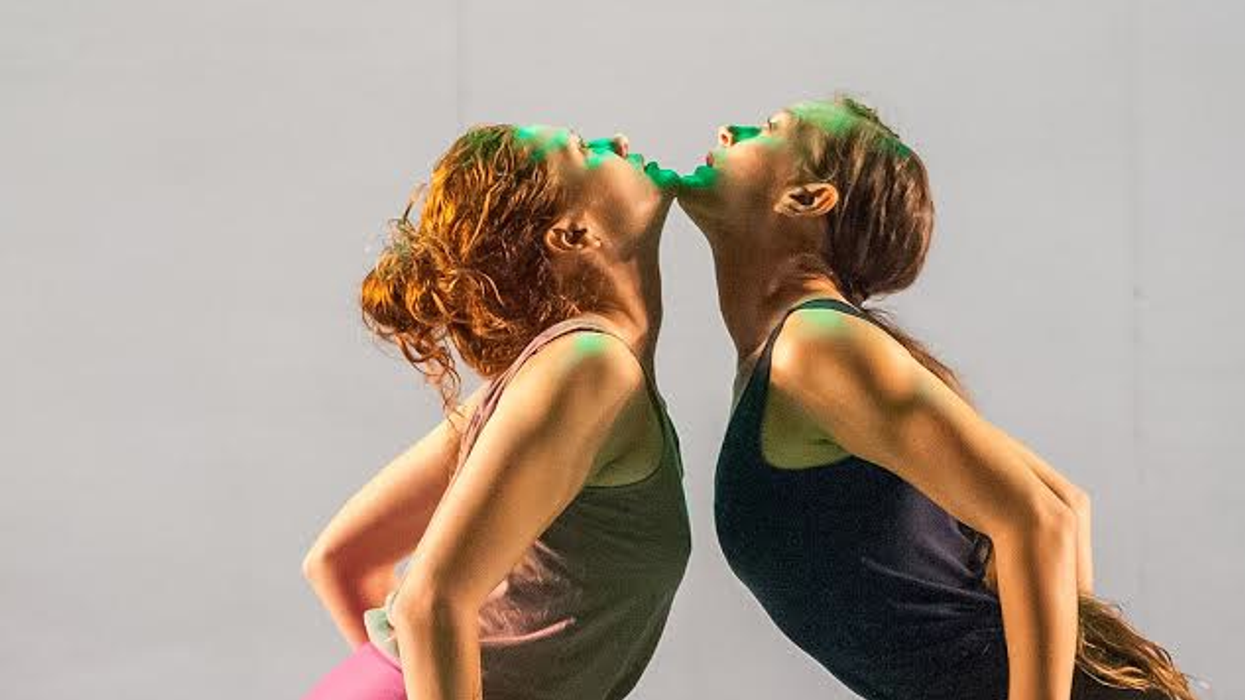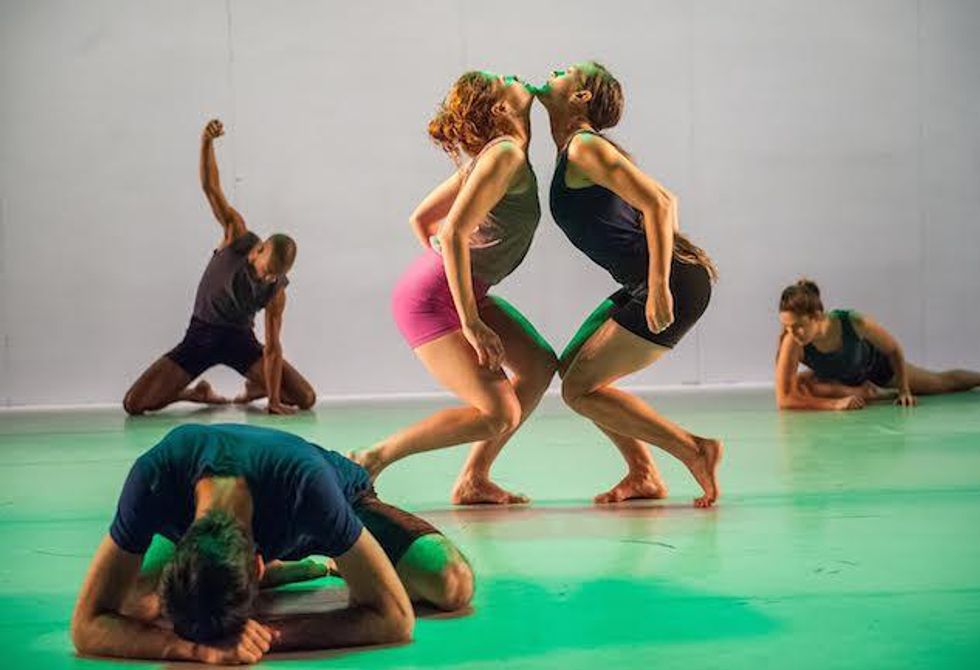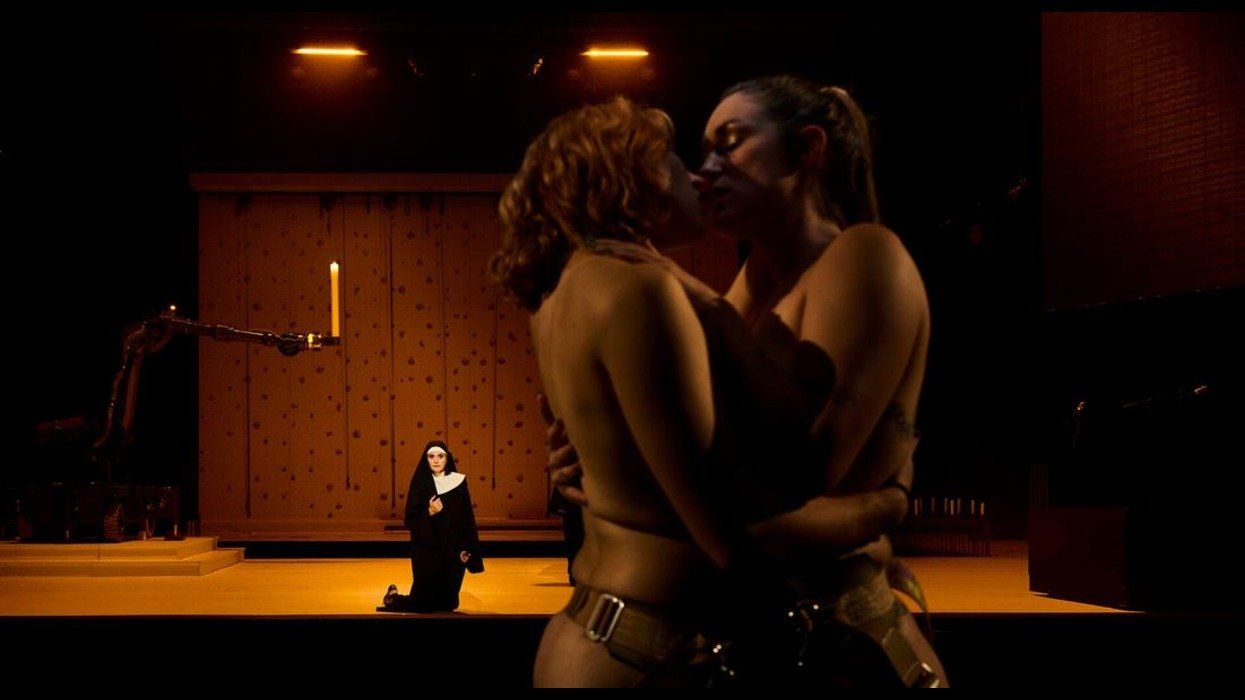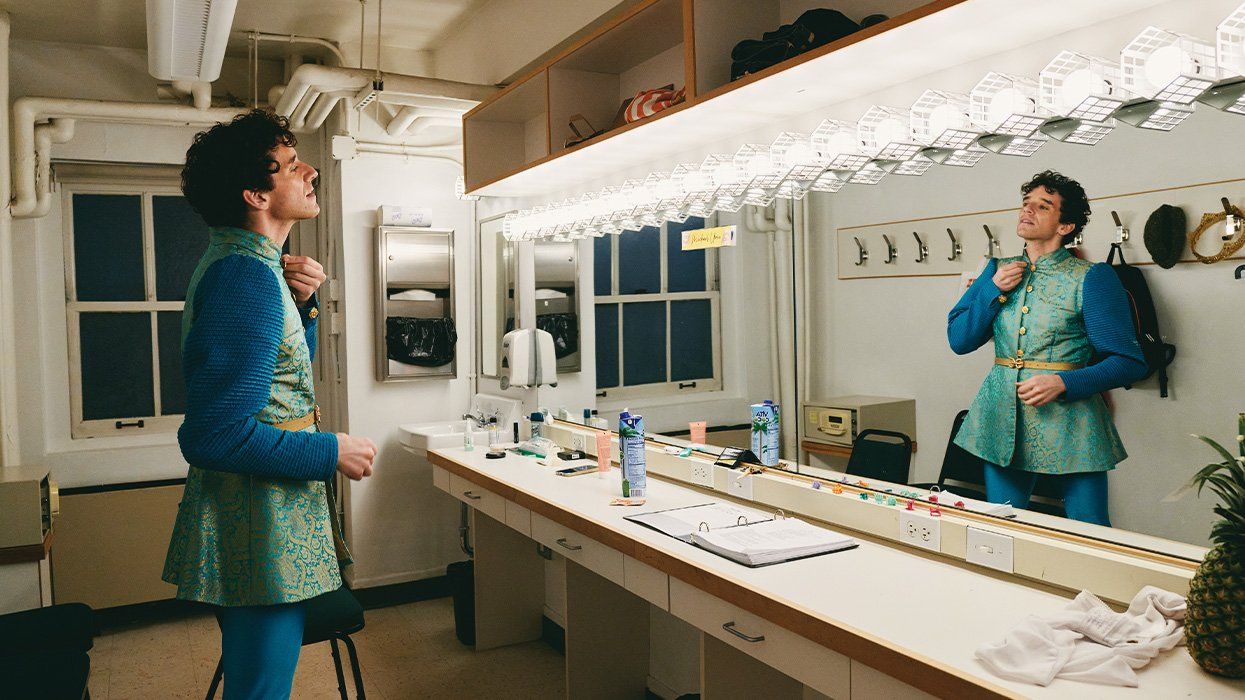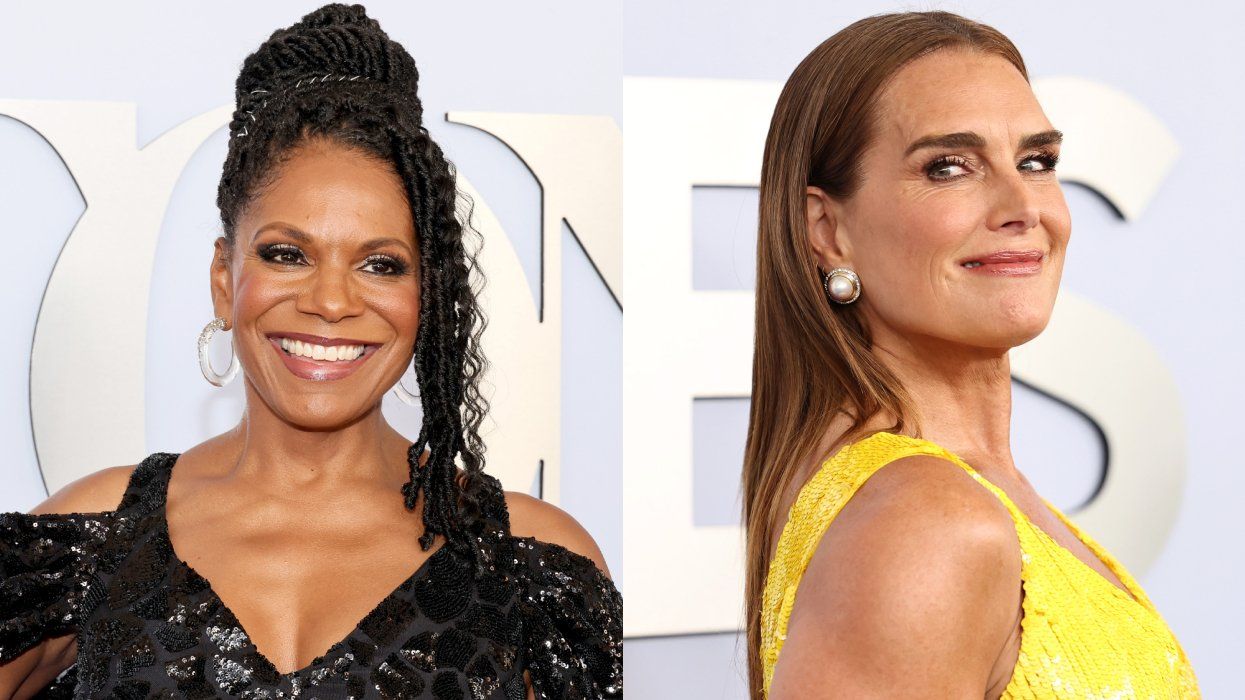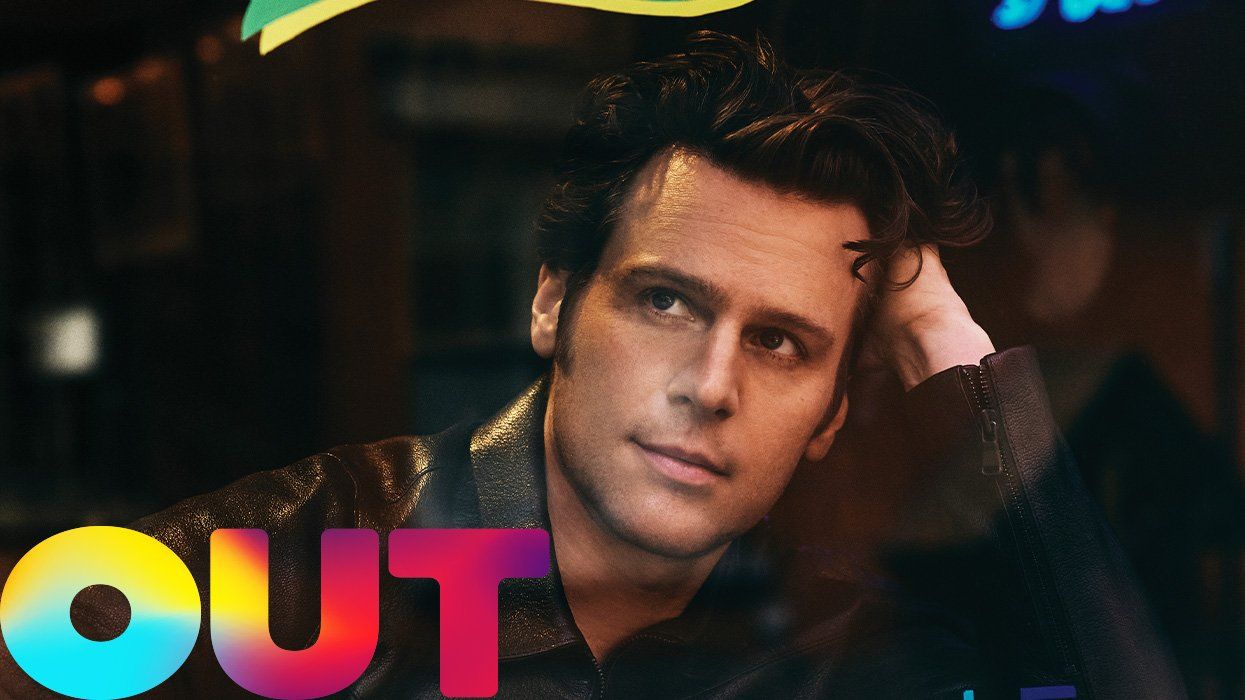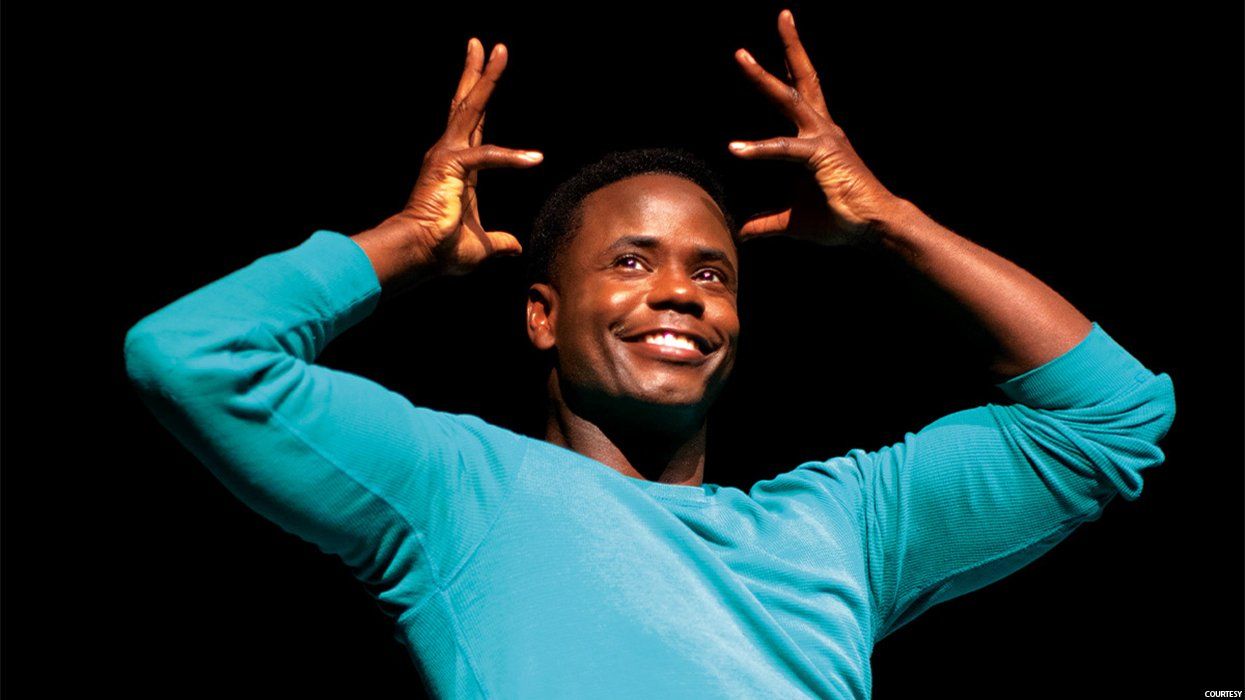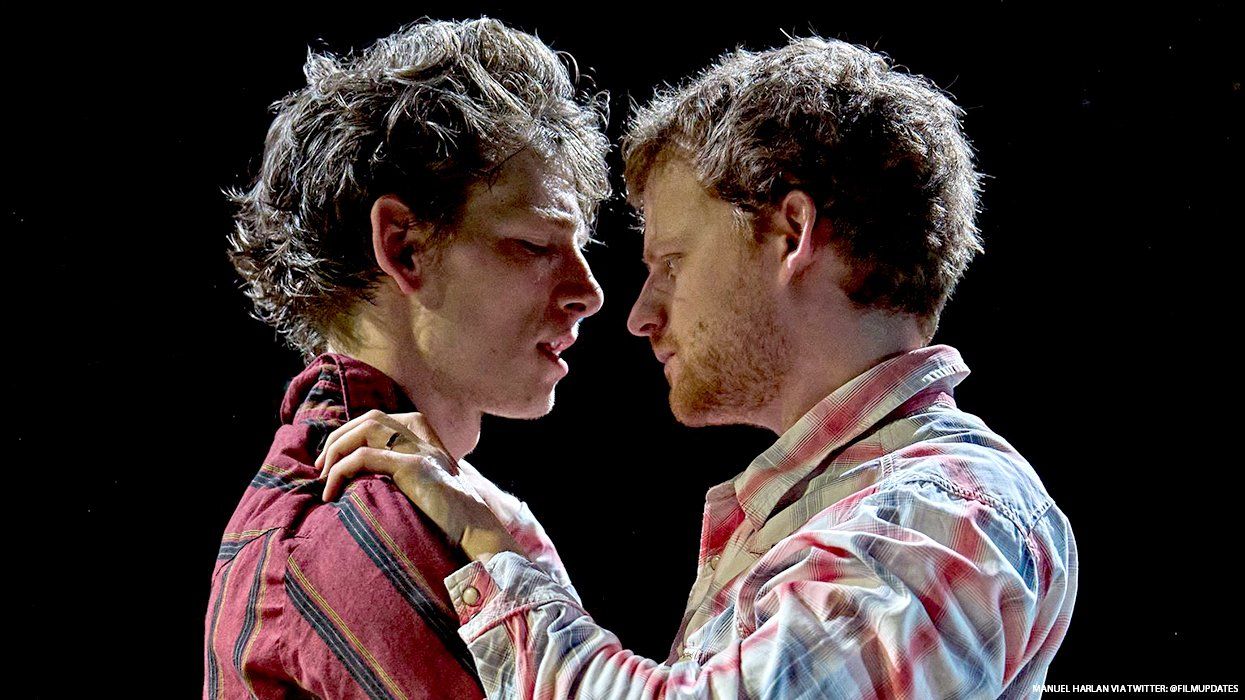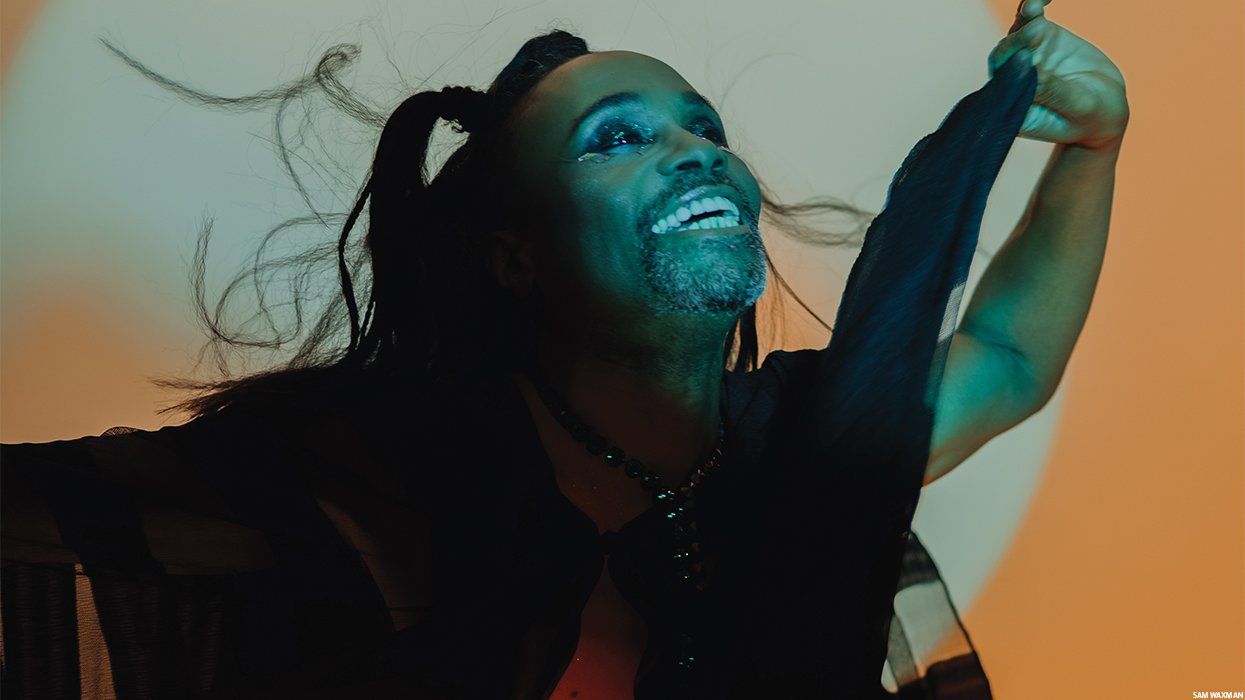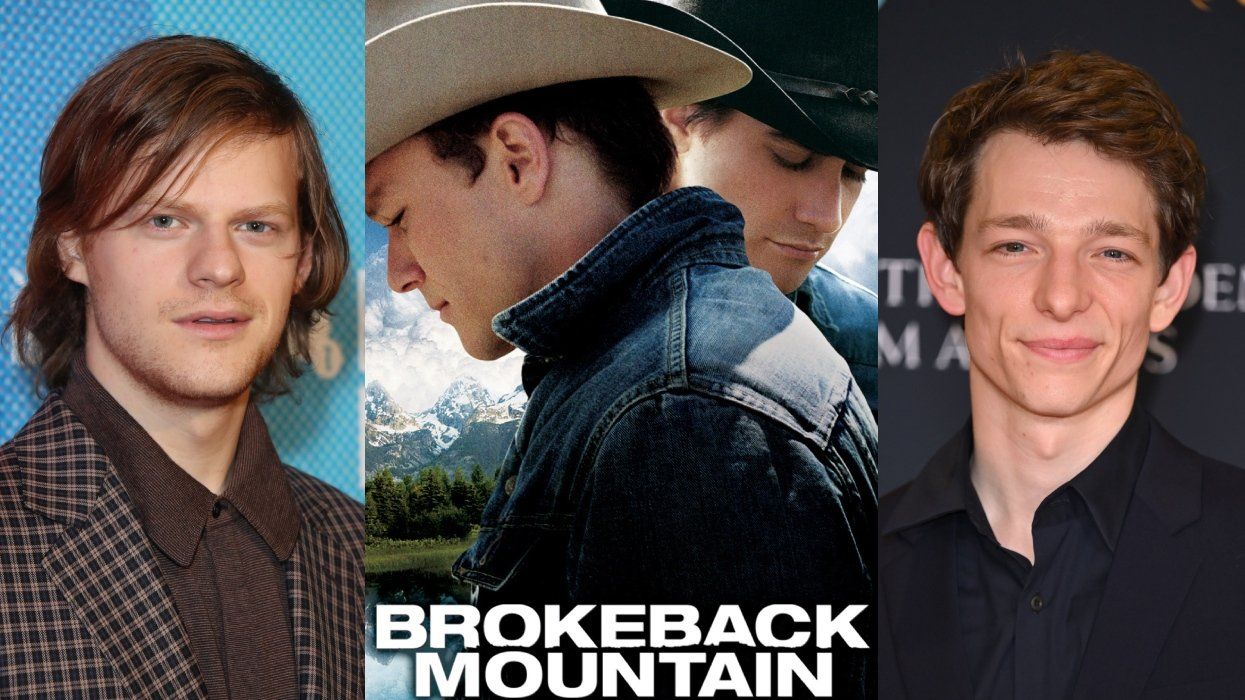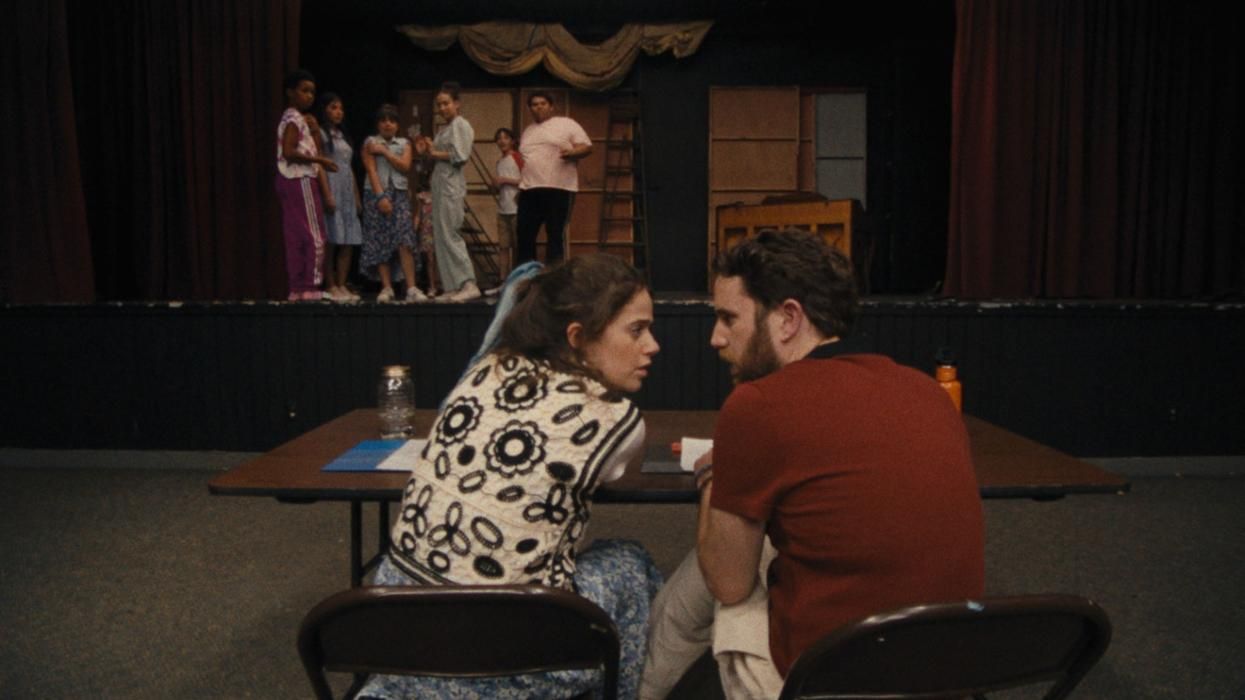Photography by Stephanie Berger
The press materials for dance artists is often a comical and confounding art form. Occasionally it's illuminating; more often than not, it's head scratching or yawn-inducing or makes outrageous claims about the intention of an hour-long work. I once received something that suggested that the work at hand would "take audiences on convoluted journeys through pain, love, fear, loss, joy, and resilience." That's a lot to ask of a dance, and I've seen very few that come close. But Sadeh21, the brilliant work by Israeli choreographer Ohad Naharin, running at the Brooklyn Academy of Music through Saturday, Nov. 15, checks each one of those boxes.
In its broad atmospheric and thematic scope, Sadeh21 is reminiscent of ambitious films like Terrence Malick's The Tree of Life, which somehow seem to capture time, space and the range of human experience in a slim bottle -- and still manage to do them justice. Of course, Sadeh21 doesn't contain characters or have any sense of narrative, but it's strikingly cinematic nonetheless. And the Batsheva dancers -- truly some of the most beguiling creatures I've ever seen on stage -- are never anything other than human, even when twisting, bending, and knotting themselves impossibly.
Sadeh21 is constructed like an album of snapshots: short, efficient vignettes of contrasting moods set in discrete worlds that are conjured by dramatic shifts in lighting, from sunset gold to icy white to toxic green (by the company's longtime collaborator, Bambi) and a catholic soundtrack that careens from unsettling static, punctured by crackling explosions, to the whimsical electronics of Brian Eno. It also relies heavily -- and surprisingly -- on the heart-tugging plucks and strums of New Age musician David Darling, which goes a long way in giving Sadeh21 an emotional center for which Batsheva isn't generally known.
No other company in the world has a physical voice as strong and singular as Batsheva. This is largely the result of Gaga, the movement language developed by Naharin over the past 15 years (no relation to the Lady; think more of the gurgles of a newborn). Training in it is as much a psychological and philosophical practice as a physical one, but the result on stage is a cohesive collection of individuals who display extraordinary speed, extraordinary control, extraordinary focus and extraordinary range with almost dismissive nonchalance. Because of this, Batsheva has been accused of being cold and unmoving -- more machine than mortal. Sadeh21 reveals the company's humanity.
For all their technical perfection, Batsheva isn't afraid to look awkward, which is perhaps what I mean when I said they look like real people (it helps, too, that they wear real clothes: T-shirts and tank tops in complementary, not matching, colors, unlike most dance companies that still insist on uniform costumes). Sometimes they waddle around the stage, or bounce like frogs, or scuttle in circles. Yet in that awkwardness is innocence and wonder, like babies wobbling on untested legs.
To truly address life, a work must somehow evoke the lifecycle, or at least touch on its key milestones. In Sadeh21, there's the aforementioned childlike awe. There's budding, complicated sexuality seen through a deconstructed chorus line of women, while the men leap and spin behind them in voluminous strapless gowns. There are also frightening scenes of apocalyptic foreboding; a male chorus line that morphs into a military march; a series of solos held up against what sounds like the screams of a violated woman; an unintelligible monologue suggesting failed communication that is still somehow sweet. Sadeh21 is not a steady decline into chaos, rather a tapestry of beauty and harmony ripped in places with anger and splattered by violence, which very much reflects our world.
Up until the end, the work unfolds in front of a solid white wall, not much higher than the dancers themselves, which gives the performance a sense of confinement in relation to the black vastness above. In an ending that is both startling and deeply satisfying, Naharin reaches up into that universe and meditates on death and rebirth. To say more would be a spoiler. Then the credits roll (yes, there are actually rolling credits) but the dancers don't come on for a bow. To do so would be to acknowledge that in Sadeh21, there's a distinction between performance and life. Which is simply not the case.
Batsheva performs at the Brooklyn Academy of Music through Nov. 15, and then continues its U.S. tour at the Kennedy Center in Washington, D.C. (Nov. 18-19), and in Chapel Hill, North Carolina (Nov. 21).


